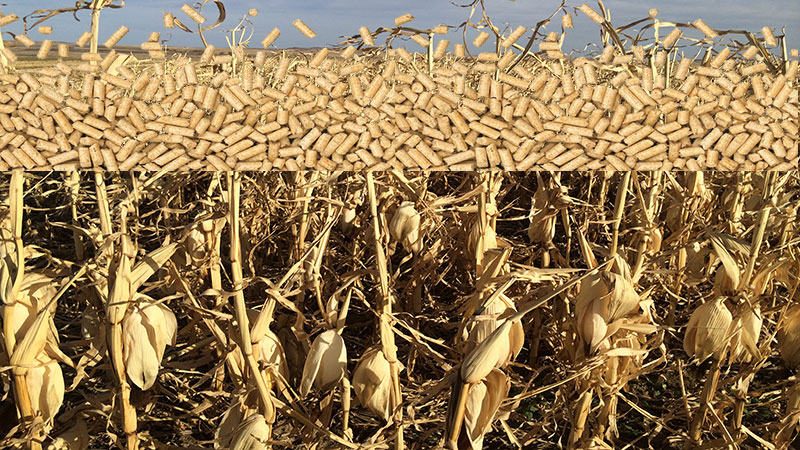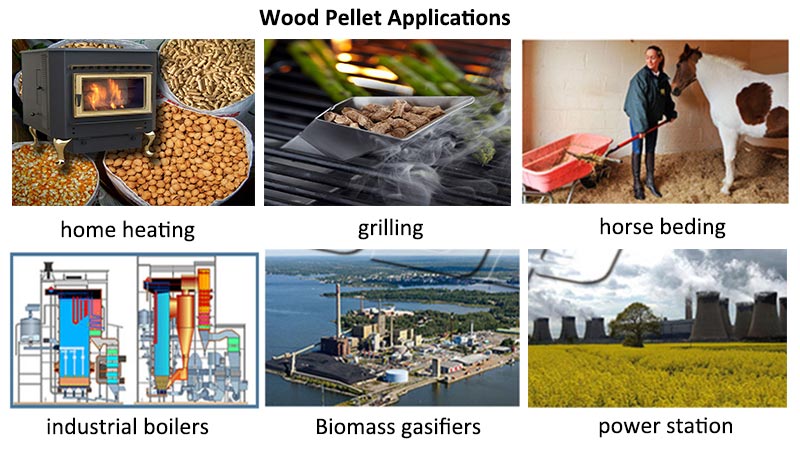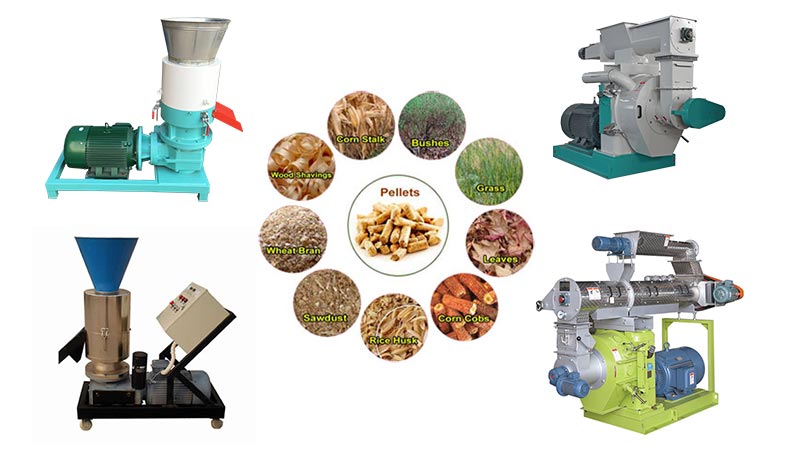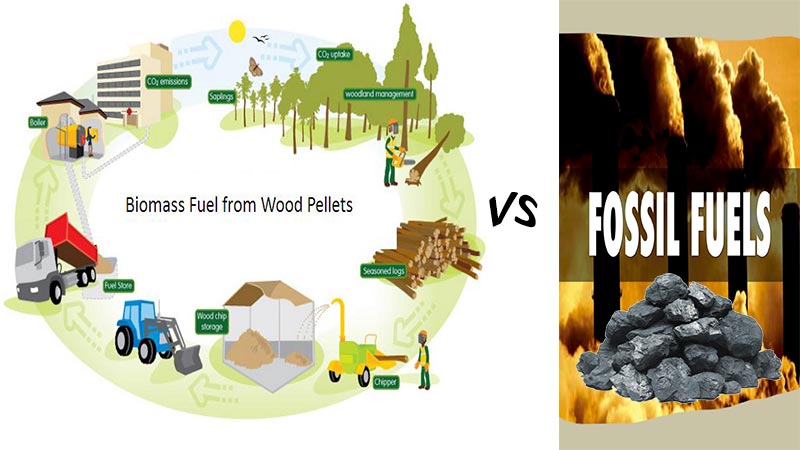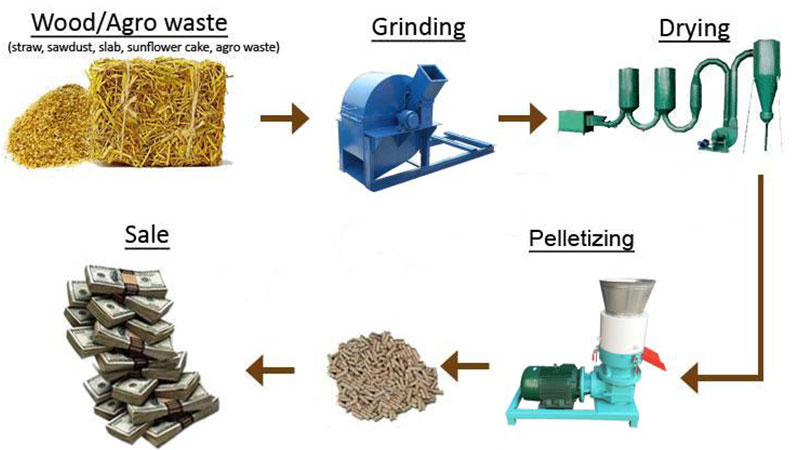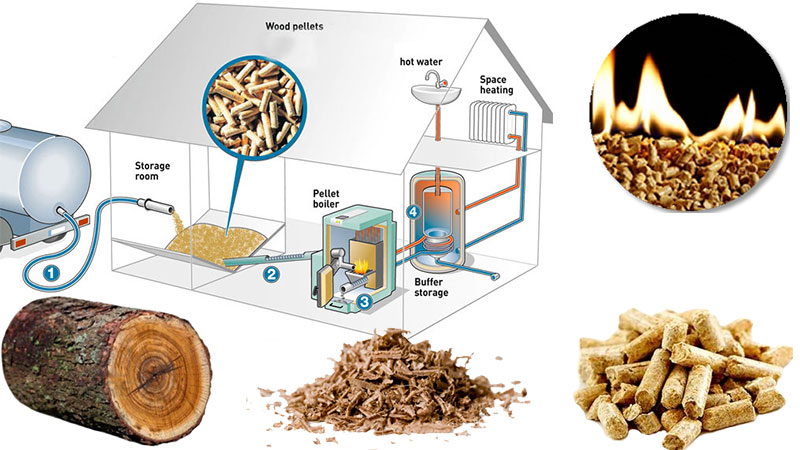There are alternative sources such as wood pellets and corn pellets. The are both environmental friendly and produce significant heat, however, there are several other differences between the two fuel sources.
1. Different Features
Wood pellets are small pellets that are made of compressed wood. This wood by-product is pressurized and palletized for sale. Wood pellets are environmental-friendly and resemble rabbit food.
Corn pellets, on the other hand, are shelled and compressed corn seed. Corn is a renewable and abundant resource that can be burned to produce significant heat.
2. Different Functions
Wood pellets are burned in devices called pellet stoves. The wood pellets are placed in the hopper in the wood pellet stove. An auger, or corkscrew shaped device, controls the amount of wood pellets that are placed into the burning chamber. This determines the amount of heat that is produced.
Corn pellets can be burned in a corn stove or a multi-fuel stove. A corn stove works in the same way except that corn pellets are used to produce the heat. Multi-fuel stoves have the ability to burn corn pellets as well as wood pellets.
3. Different Availability
The biggest difference between wood and corn pellets is their availability. Wood pellets are more abundant in the northeast and northwest United States. Corn pellets are more readily available in the Midwest. This can be quite expensive since the average 2000-square-foot home uses between two to three tons of wood or corn pellets per season. Shipping costs can add to the overall cost of the heat source. When choosing between corn and wood pellets, their availability in your area of the country should be considered.
 |
 |
 |
 |
Tips
Corn pellets contain added moisture and chemicals. This produces a residue of silicon dioxide that is referred to as “clinkers”. These deposits, which resemble glass, need to be removed every couple of days depending on the amount of usage; come corn stoves are designed to minimize the impact of clinkers. Corn pellets must be stored in airtight containers or up off the ground because it can attract small rodents.
